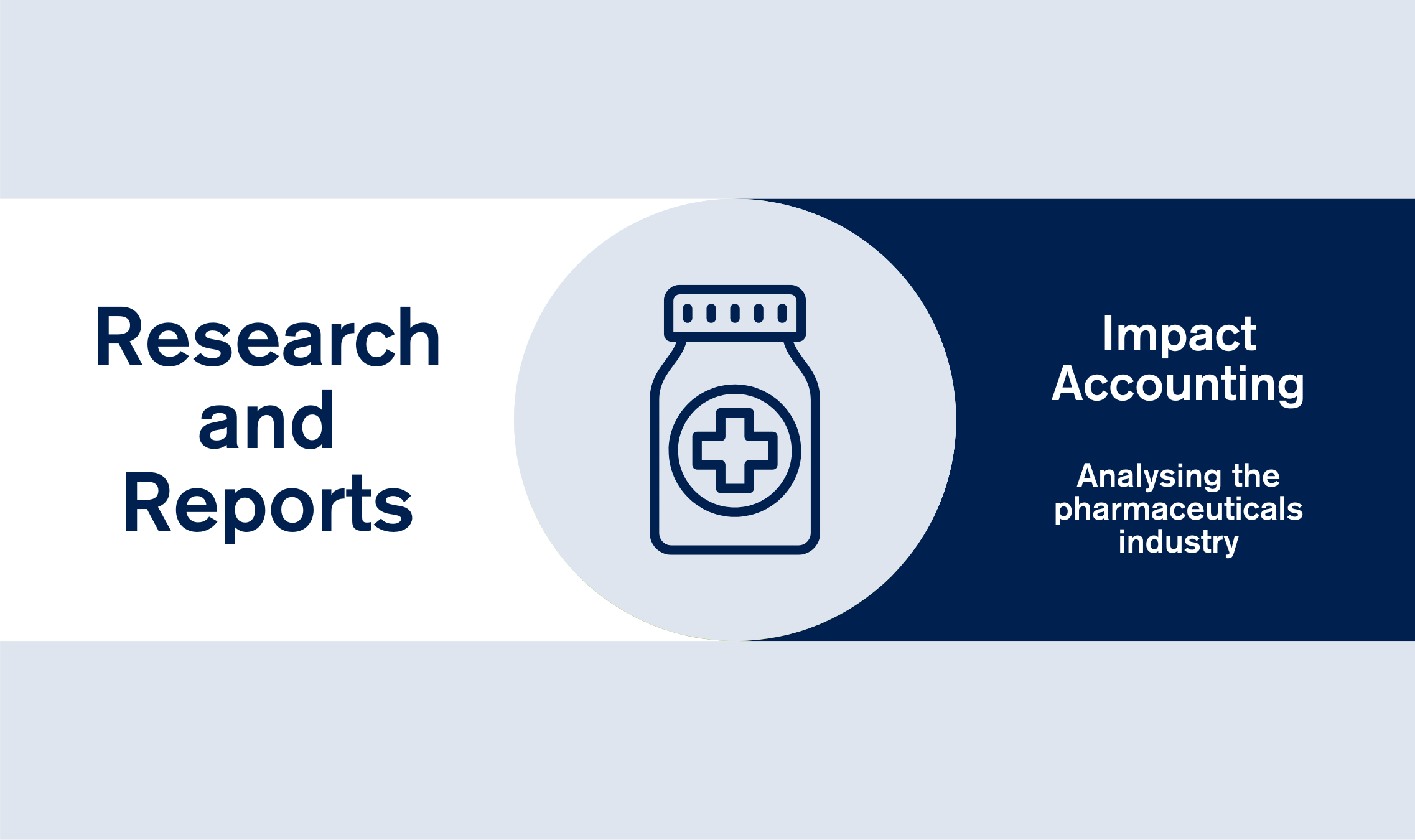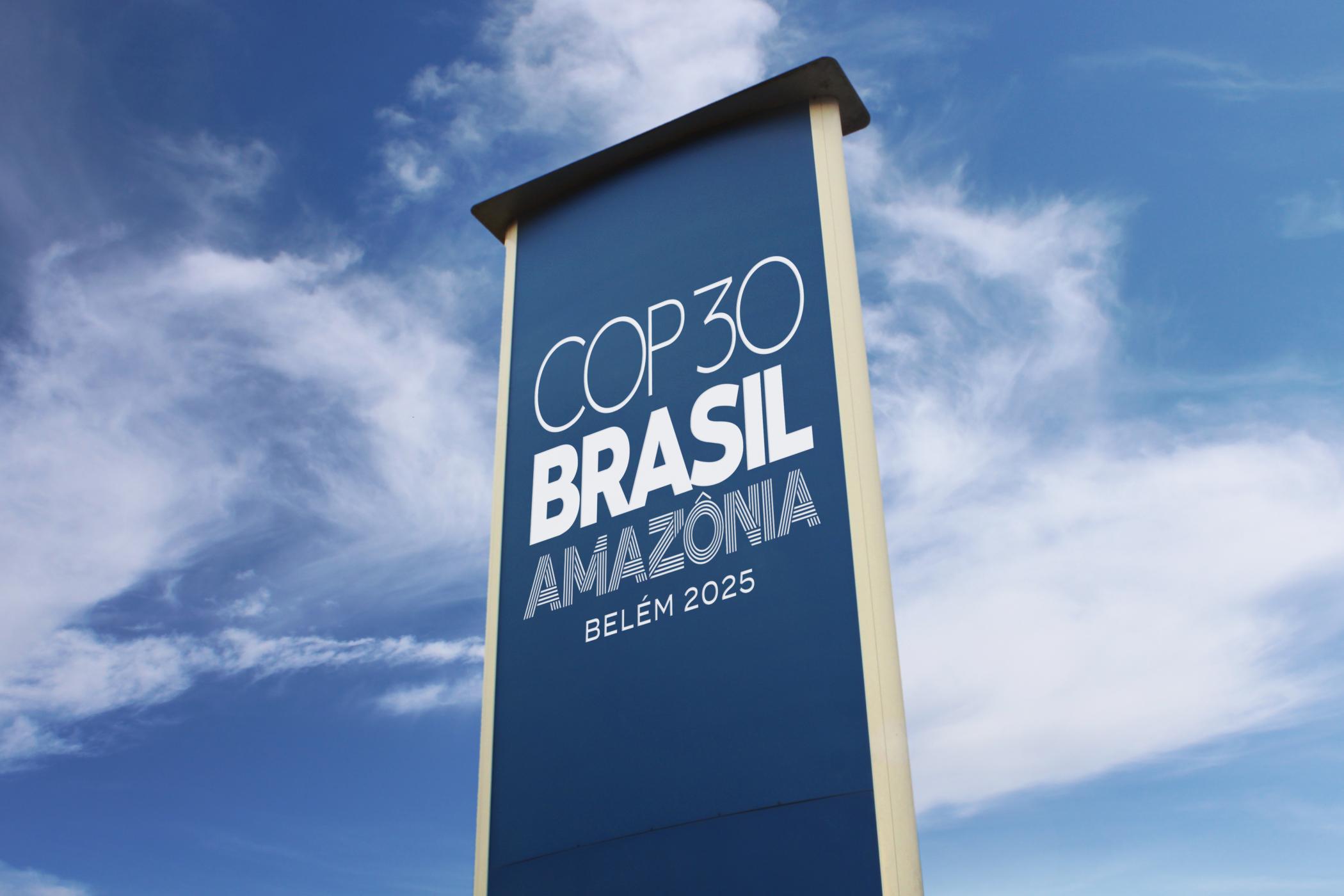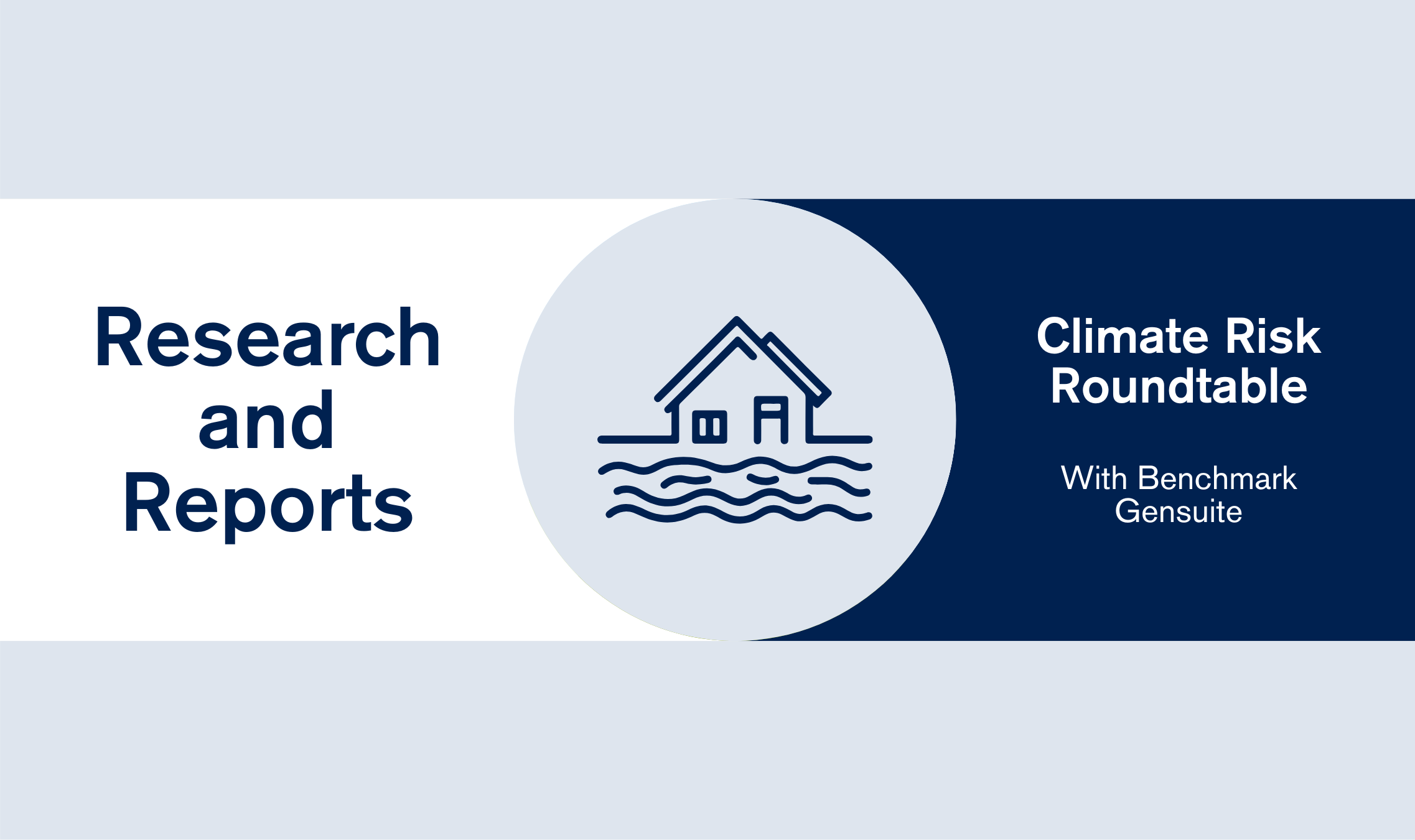We recently looked at the top pharmaceutical companies across developed markets to assess how successful they’ve been in reducing their natural capital impacts.
Our analysis found that only 3 of the largest companies (by revenue) in developed markets outperformed the sector average in terms of reducing their overall natural capital impacts (measured by impact intensities as seen in the graph below). AstraZeneca performed the best in reducing their overall natural capital impacts, reducing it by 19%, with Amgen and Zoetis also reducing their impacts by 14% and 12% respectively.

Zooming in to just GHG emissions, the picture looks better: the top 10 companies in developed markets performed well in reducing their GHG emissions compared to the industry average ($570 per million USD revenue). Vertex Pharmaceuticals and AstraZeneca led the way with 28% and 20% impact reduction rates respectively, outpacing the average GHG impact reduction rate of 12%.

Finally we noticed how Zoetis and AstraZeneca stood out in reducing their waste impact intensity compared to the sector average, reducing their waste intensity by 20% and 19% respectively. Meanwhile, some of their peers, like AbbVie saw a concerning 64% increase in waste impact intensity over the same period.

If you’re interested in evaluating your company’s environmental impact across its operations and comparing it with industry peers, get in touch with GIST Impact. Our platform can assist you in measuring and benchmarking your environmental performance within the sector, giving you location-specific, cross-comparable insights so you can fully understand what’s most material to your business.
Learn more about our solution on Environmental Benchmarking or reach out to us at info@gistimpact.com.





